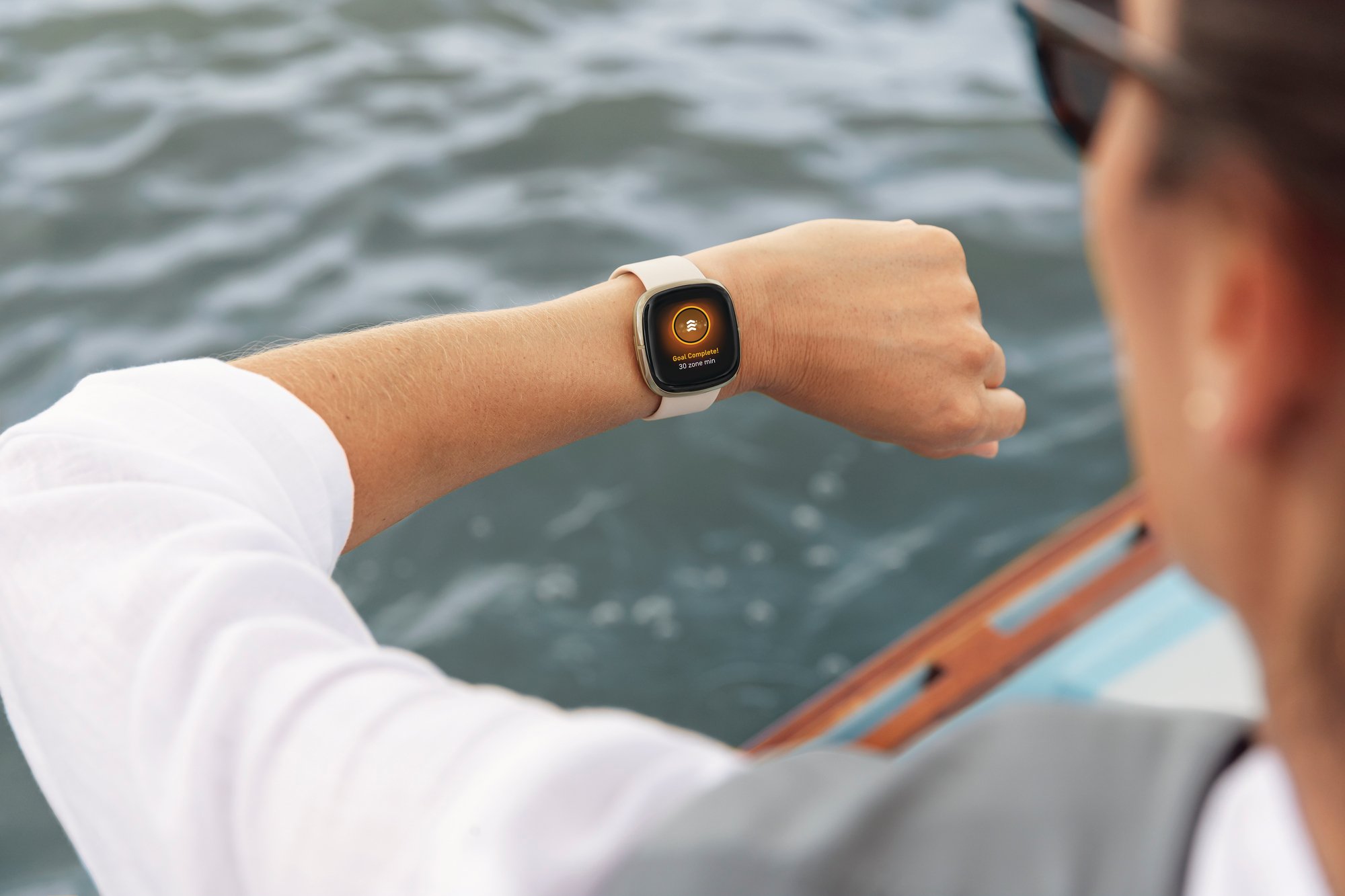
Image source: Fitbit.
Investors weren't all that impressed with Fitbit's (FIT +0.00%) fourth-quarter earnings release last week. Even as revenue nearly doubled to $711.6 million and gross margin expanded to 48.9% with the company's ongoing move upmarket, the negative investor reaction wasn't as much about the fourth-quarter performance as much as it was about Fitbit's guidance.
Simply put, Fitbit is making a big bet on its newest products, the Blaze and the Alta. But what if those bets don't pay off?
You gotta spend money to make money
First-quarter revenue is expected to be in the range of $420 million to $440 million, and adjusted earnings per share should be $0.00 to $0.02. While the top-line forecast leaves a little to be desired when compared to the $484 million in sales that the Street was expecting, the bottom-line forecast leaves a lot to be desired. Analysts were modeling for $0.23 per share in non-GAAP earnings per share.
The primary reason for the pinch is that Fitbit is planning on significantly higher sales and marketing expenses related to the Blaze and Alta. On top of that, it will incur expenses related to the manufacturing ramp as it boosts production. From the press release:
Launching media campaigns around the world is expected to drive higher sales and marketing expenses for the quarter. Also, the timing of shipments into sales channels may result in the majority of reorders, especially for Alta, coming in the second quarter of 2016. The company also expects to incur additional manufacturing costs in the first quarter to maximize production of new products to meet expected demand, which is expected to impact gross margins in the quarter.
First time's the charm?
Furthermore, this is actually the first time that Fitbit has done a coordinated global product launch, which will also add to costs. Fitbit considers its marketing strategy a "core asset and competitive differentiator," and it shows in the income statement. Sales and marketing expenses are Fitbit's largest operating expense -- by far.
In fact, Fitbit spent nearly three times as much on sales and marketing ($154.1 million) last quarter than it did research and development ($54.2 million). And that's after R&D costs soared as the Blaze and Alta announcements were imminent. In Q4 2014, the ratio is even more dramatic, with sales and marketing spending outpacing R&D by nearly 4 times. For all of 2015, sales and marketing comprised 60% of operating expenses. And with as much as Fitbit is spending, its guidance suggests that it will be allocating even more resources to sales and marketing this quarter.
To be fair, Fitbit's marketing department has earned its keep. Total revenue jumped by almost 150% and unit volumes nearly doubled to 21.4 million in 2015. But how promising are the Blaze and Alta?
One of these is not like the other
For what it's worth, the Blaze has not garnered positive reviews. The Wall Street Journal's Joanna Stern finds its design unappealing and its "smart" features underwhelming. Yet Blaze is priced comparably with several Android Wear devices that are more capable and support third-party applications. Fitbit remains very good at basic activity tracking, and it offers a compelling app for its platform. This is why the Alta looks quite promising, unlike the Blaze.
Maybe one of the bets will pay off while the other doesn't.





